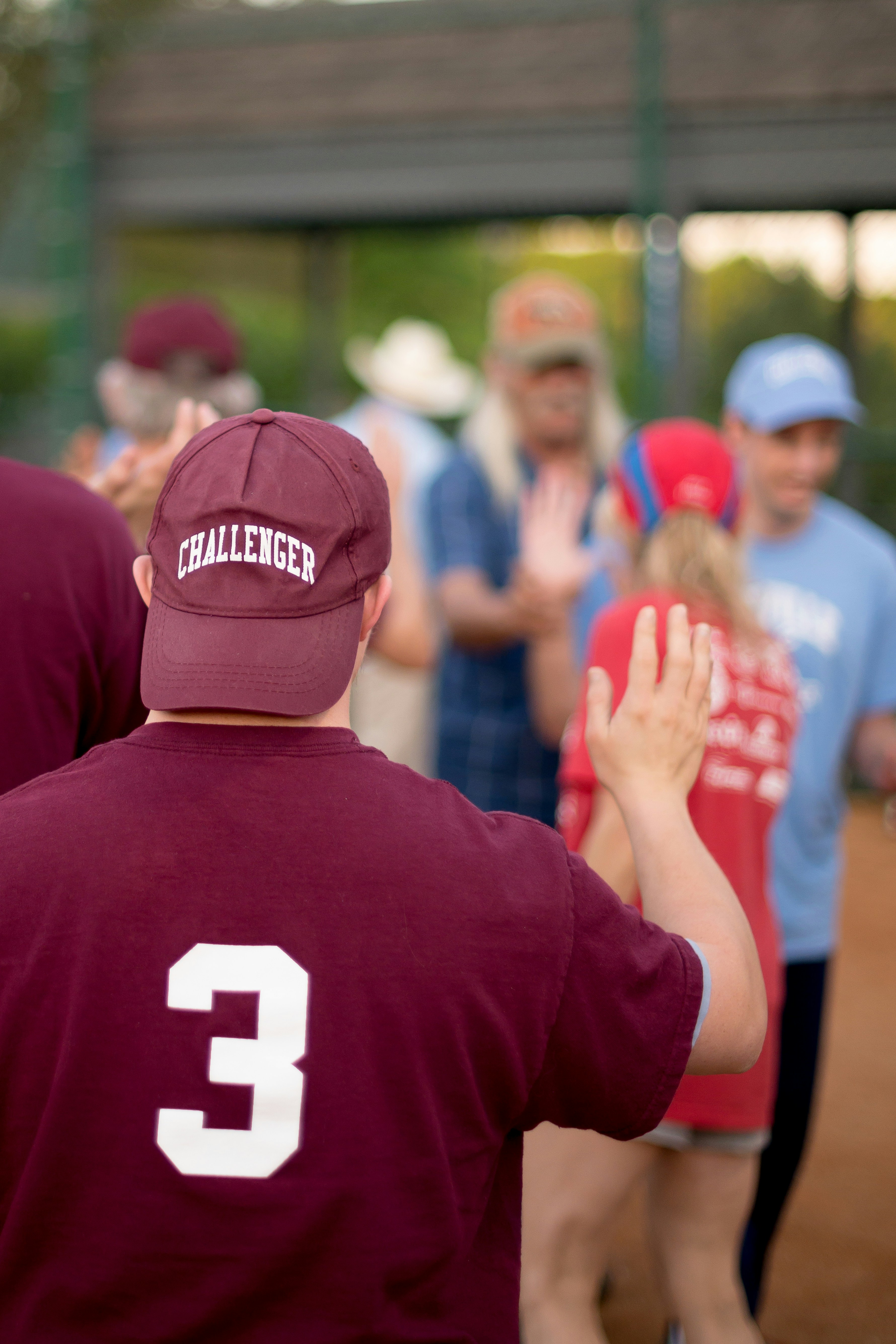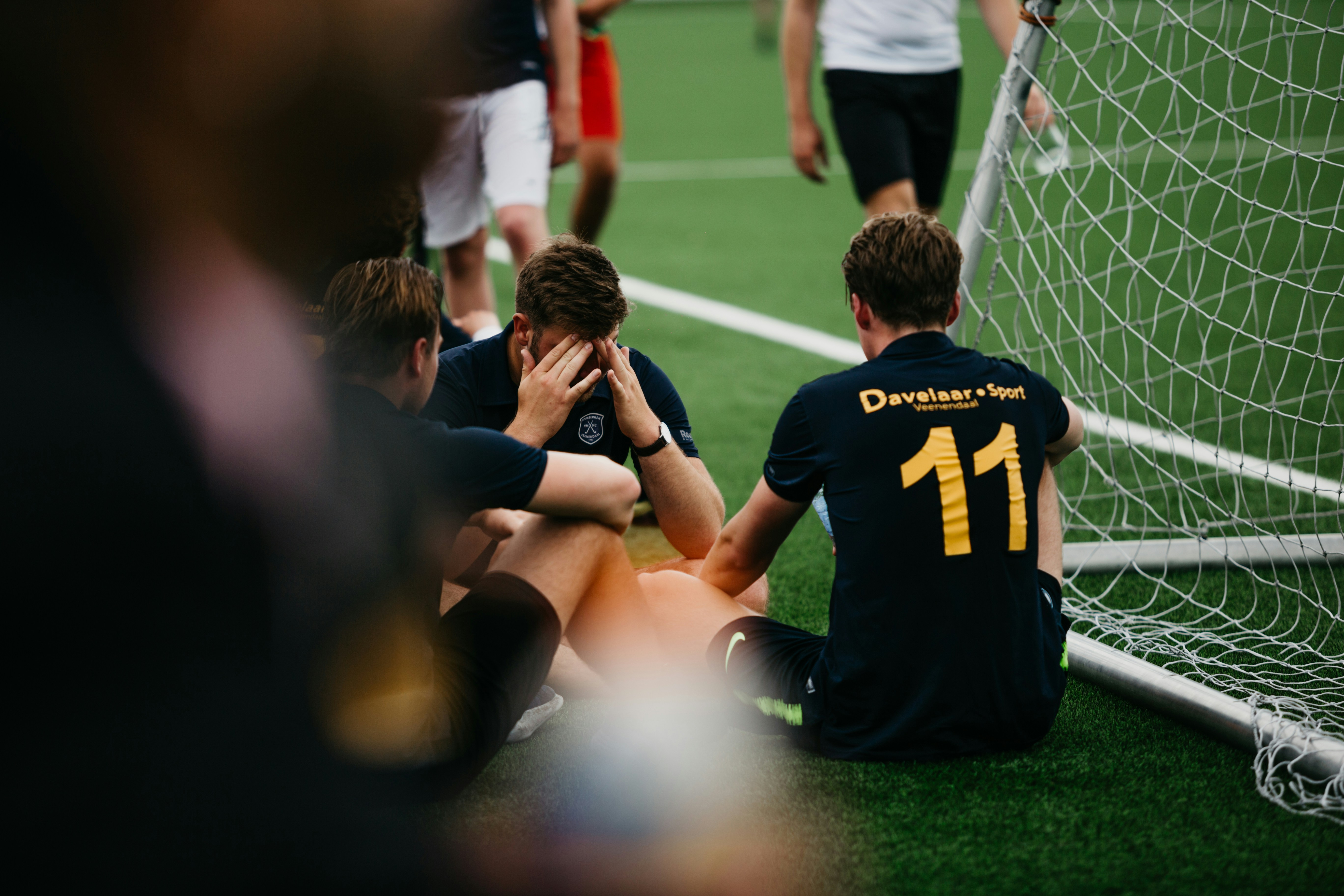Transforming Local Sports Culture: Meet Your Unsung Heroes
In a world where sports often dominate headlines, the real revolution is happening behind the scenes. Community organizers are the unsung heroes quietly catalyzing change in local sports culture—providing avenues for inclusivity, engagement, and social justice. They represent a grassroots movement that transforms mere participation into a deeper connection with identity, community, and opportunity. If you’ve ever questioned how a community can thrive through sports, let’s dive into the inspiring narratives of these local champions and explore their powerful impact.
The Role Of Community Organizers In Local Sports Culture
At its essence, community organizing in sports is about grassroots mobilization. It's about harnessing the collective effort of individuals with shared goals, particularly to uplift underrepresented groups. These organizers act as crucial connectors, bringing together athletes, families, and various stakeholders to create programs that are not just about winning games but building lasting relationships and offering developmental opportunities.
One of the most compelling examples is the work being done by local nonprofits that aim to create sports programs targeted at youth in underserved communities. In many cases, community organizers are leveraging their understanding of local dynamics, societal issues, and the importance of access to sports—ensuring that everyone, regardless of background, has the ability to play, learn, and grow.
Fostering Inclusivity Through Diversity
Inclusivity and diversity are often buzzwords in sports; however, community organizers are paving the way for tangible changes. This involves not merely increasing participation among marginalized groups but also empowering them to take on leadership roles within their teams and organizations.
For instance, organizations like Girls on the Run are transforming the landscape for young girls by emphasizing their strengths as athletes. By adopting a holistic approach to physical and emotional health, they cultivate not just runners but confident leaders. Similarly, programs championed by community organizers often tackle issues like racial and socio-economic disparities in sports, making strides toward equality.
Case Study: A Community That Showcases Diversity
In communities across the United States, we witness finely curated examples of sporting initiatives that have sparked significant changes. For example, the "Soccer for All" initiative in Portland, Oregon, serves as a beacon of inclusivity, inviting children from various backgrounds—no matter their skill level—to participate in fun, community-based soccer games. Their strategy emphasizes creating safe spaces where everyone can play and thrive without the competitive pressures typically associated with organized sports.
In this vein, reading the forgotten heroes of local sports leagues teaches valuable lessons about how grassroots efforts turn into powerful movements for identity formation and local pride.
Building Social Cohesion: The Heart of Sports
One of the most profound impacts of community sports initiatives is their ability to foster social cohesion. When children from different backgrounds come together to play, it breaks down barriers and builds camaraderie. These communal experiences create a greater understanding and appreciation among players, their families, and the broader community.
Take, for example, the successful implementation of sports leagues in urban neighborhoods where everyone can participate regardless of their experience. The friendships, stories, and shared experiences formed on the playing field often translate to community bonds that extend beyond sports, promoting social interaction in schools, neighborhoods, and even workplaces.
Pathways for Young Athletes
A significant part of community organizing in sports is about creating pathways for young athletes. This might include offering mentorship programs, athletic scholarships, or professional development workshops. The focus is tailor-made for the youth to help build skills and nurture potential.
Programs like the "Athlete Development Program," designed to take promising athletes from local leagues to higher levels of competition, have proven to be invaluable allies in this endeavor. These childhood sports experiences often translate into scholarships for college, leading to opportunities for education that many thought were outside their grasp.
The Intersection of Sports and Social Justice
As we focus on the pivotal role of community organizers, we cannot ignore the message they convey about sports and social justice. They often advocate for equality and fairness within the sports community—addressing issues such as gender disparity, representation, and accessibility.
A powerful model to study here is the "Athlete Activism Movement" that formed after several professional athletes began utilizing their platforms to address systemic issues such as racial inequality. These actions inspire community organizers to create spaces where local athletes can amplify their voices, discuss vital issues, and endorse social change.
Spotlight on Programs — Case Studies Across the Nation
Let's look at how different cities have utilized sports as a vehicle for community change. In Chicago, the "Youth Sports Alliance" works to unite various organizations focusing on increasing youth participation in sports—while emphasizing a commitment to diversity. This collaborative approach ensures that even the smallest communities are represented and have access to opportunities that may otherwise elude them.
Meanwhile, in New York, the "Street Soccer USA" initiative empowers individuals experiencing homelessness through soccer. This program doesn't just provide a sport but a community, building camaraderie and self-esteem among participants, reminding us all that sports are about more than just the game.
Evolving Sports Culture: Lessons From Community Organizers
Every city has its narrative; the stories crafted by community organizers offer extensive insights into evolving sports culture. By embracing innovation, recognizing the value of teamwork, and focusing on inclusivity, they inherit wisdom that professional leagues are beginning to take notice of.
What’s most revealing is how local voices are rising to emphasize the transformative power of grassroots efforts. This pushes us to reflect on how we can foster supportive environments in our own communities—turning everyday individuals into champions for change.
Final Thoughts: Moving Forward Together
As we’ve explored, community organizers are not just revamping local sports; they are redefining societal norms and expectations through inclusivity and accessibility. They are advocates for the rights of athletes, putting social justice at the forefront of their missions. Their work is a reminder that behind every athlete’s success is a network of support that includes every member of the community.
The future of sports is collaborative, equitable, and inclusive. Let's draw inspiration from the unsung heroes, encouraging a culture that not only nurtures athletic talent but also champions social well-being and shared victories.
If you’ve been inspired by these community stories, consider how you can engage in your local sports scene—whether it’s by volunteering, participating, or simply promoting inclusivity. Now is the time to recognize our collective responsibility and power. Together, we can transform the fabric of sports culture, making breakthroughs that impact us all.











